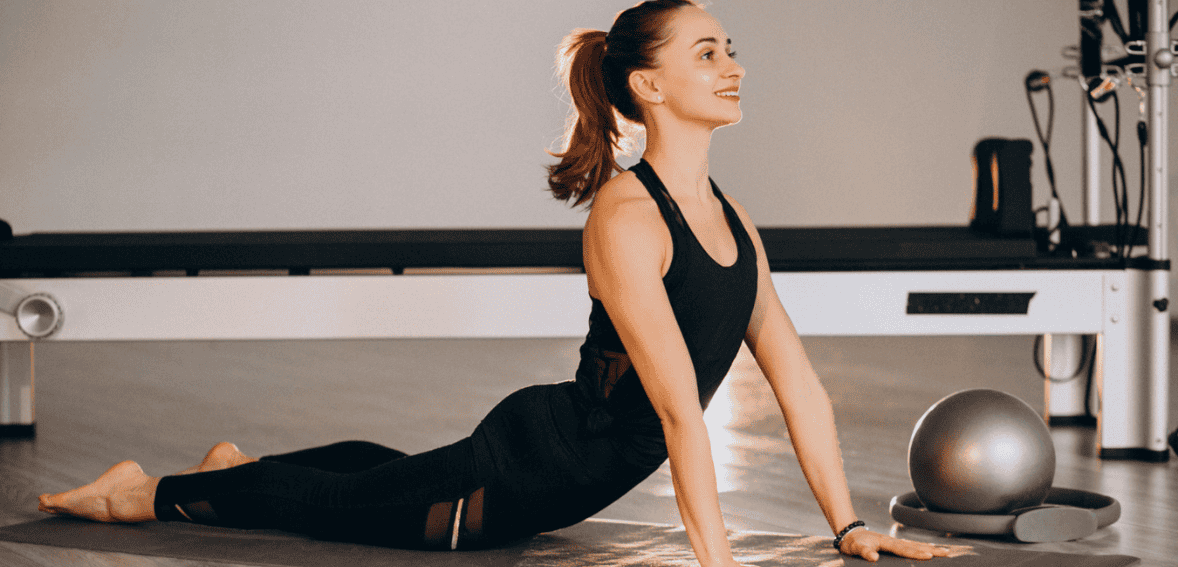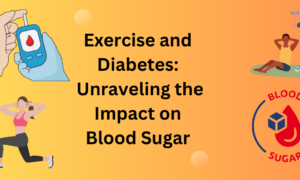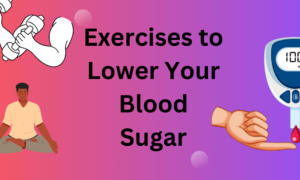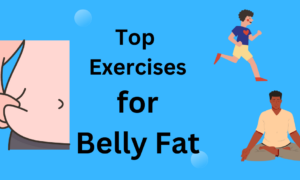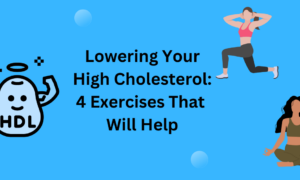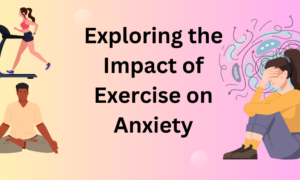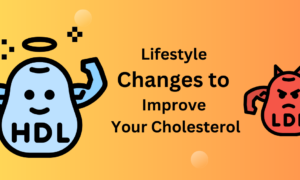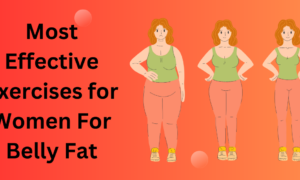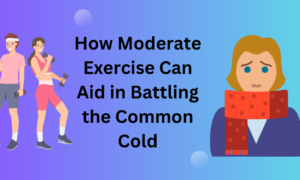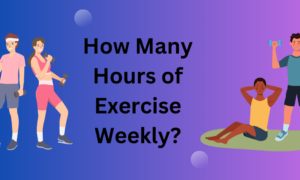In today’s fast paced world mental health issues are on the rise. From anxiety to chronic stress and emotional exhaustion people are looking for ways to cope. While traditional therapy and medication have their place, more and more people are turning to physical activity to regulate their emotions and calm their minds. Of all the types of exercise, low impact is emerging as a powerful tool to support emotional wellbeing without putting physical strain on the body.
Low-impact fitness and anxiety are more connected than you might think. Unlike high intensity workouts that can sometimes cause stress in the form of soreness or exhaustion, low impact movements allow you to stay active while staying calm and grounded in your mind. Whether it’s walking, swimming, yoga or Pilates these exercises support the body in a gentle yet effective way. They release endorphins, reduce stress hormones like cortisol and create a space to reconnect with yourself.
Understanding the Link Between Movement and Mood
Exercise has long been studied for its positive effects on mental health. Movement stimulates the production of feel-good chemicals like endorphins and dopamine. It improves sleep quality, enhances energy levels, and helps the brain better manage stress. But while all exercise can contribute to better mood, not everyone thrives on high-impact routines.
Low-impact fitness provides an alternative that is just as beneficial but far more sustainable for many people. For individuals experiencing chronic stress, burnout, or anxiety, intense cardio sessions may feel overwhelming. A gentle yoga flow or a 30-minute walk, on the other hand, can feel more approachable and easier to maintain. Low-impact exercise and anxiety management go hand in hand because these workouts focus on breathing, control, and awareness, which can directly counteract anxious thoughts and bodily tension.
When physical movement is combined with mindfulness, the body enters a parasympathetic state, also known as the “rest and digest” mode. This allows for better emotional regulation, which is especially important for individuals trying to recover from long periods of stress or trauma.
Why High-Intensity Isn’t Always the Answer
There’s a cultural message that often promotes “go hard or go home” when it comes to fitness. But for people dealing with emotional challenges, this mentality can be discouraging or even harmful. High-intensity workouts may increase adrenaline and heart rate to a level that mimics panic or anxiety, especially in sensitive individuals. This can create a negative association with movement, which defeats the purpose of using fitness for stress relief.
Instead of chasing results at any cost, low-impact workouts promote consistency, self-awareness, and recovery. Exercises like tai chi or gentle cycling do not just preserve joint health but also provide the opportunity to check in emotionally. The focus shifts from performance to presence. That shift is critical when trying to foster long-term emotional balance.
People who engage in emotional wellness workouts regularly often report greater self-compassion and less pressure to meet unrealistic body goals. The ability to move without pain or judgment contributes to improved self-esteem and creates a foundation for better mental health.
Key Psychological Benefits of Low-Impact Movement
The benefits of low impact exercise go way beyond the temporary mood lift. For people with anxiety, depression and post traumatic stress, slow and controlled movement is the path to healing. One of the biggest connections between low impact exercise and anxiety relief is the ability to regulate breath and heart rate.
Yoga, water aerobics and brisk walking allow you to move at a pace that encourages reflection and calm. These activities engage the vagus nerve which is key to reducing the stress response. When done regularly they lower resting heart rate, improve focus and reduce emotional reactivity.
Plus they help build emotional resilience by helping you re connect with your body. People with mental health issues often feel disconnected or overwhelmed by physical sensations. Through gentle movement they start to rebuild trust in their body and feel safer in their own skin.
Creating a Routine That Encourages Balance
Building a sustainable low-impact routine starts with intention. It’s not about burning calories or pushing limits. It’s about carving out time to listen to your body and move in a way that supports how you feel mentally and emotionally. When it comes to fitness for stress relief, consistency is more important than intensity.
A good starting point could be a 20-minute morning stretch or a daily walk around the block after dinner. Over time, that routine can evolve into structured emotional wellness workouts like mat Pilates, aquatic fitness, or dance therapy. The key is to keep the movement enjoyable and accessible so that it becomes part of your lifestyle rather than a temporary fix.
It’s also important to choose an environment that supports emotional safety. That could mean working out at home, joining a small studio, or even following a virtual class. When people feel emotionally safe while exercising, they are more likely to stay committed and receive psychological benefits.
Movement as a Tool for Self-Regulation
Low-impact fitness isn’t just about physical health; it’s a powerful tool for managing emotions throughout the day. For individuals prone to anxious thinking or stress loops, movement offers an outlet to break the cycle. When you feel overwhelmed, a slow-paced activity like stretching or walking can shift your attention away from your thoughts and toward your breath and body.
This ability to self-regulate is one of the most valuable outcomes of emotional wellness workouts. Instead of feeling stuck in a spiral, movement creates an exit route. It gives people the agency to do something positive for themselves, even when they feel emotionally drained.
Over time, this builds confidence in one’s ability to cope with challenges. It creates a sense of control, which is often missing in individuals who suffer from anxiety or chronic stress. The rhythm of movement, paired with conscious breathing, becomes a calming ritual that supports both the nervous system and emotional state.
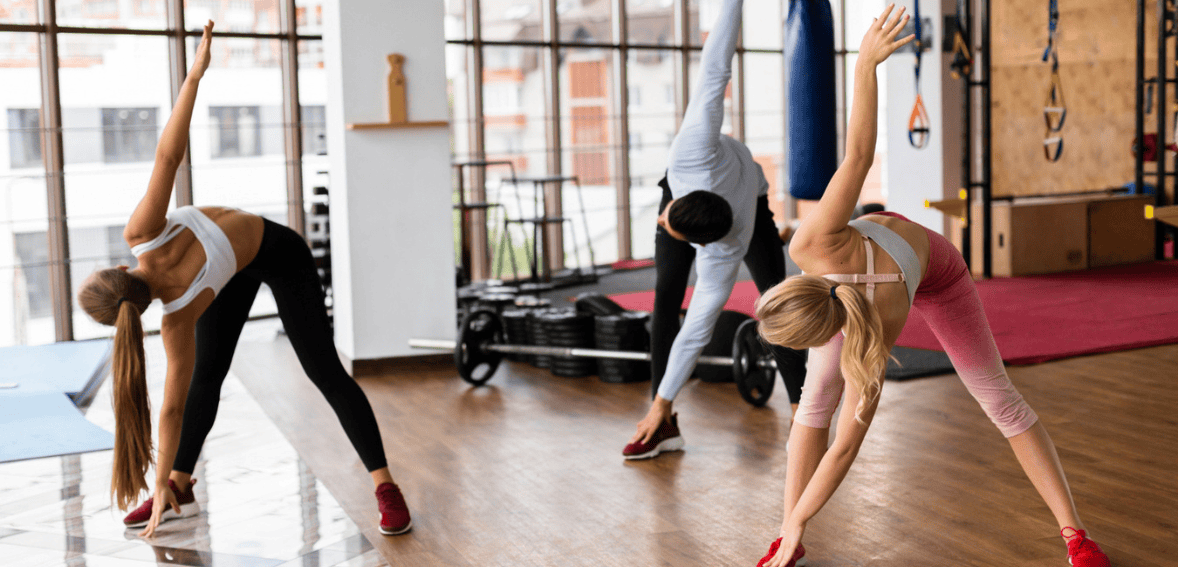
The Role of Low-Impact Fitness in Recovery
Lots of people use low impact exercise and anxiety management during recovery times. Whether it’s mental health setbacks, physical injury or burnout, these gentle exercises provide a bridge back to normal. They don’t require high energy or perfection. Instead they meet you where you are and allow progress to unfold naturally.
Programs that combine therapy and movement like trauma informed yoga or mindfulness based movement classes are being used more and more in mental health recovery settings. These formats prioritize safety, consent and control so are perfect for people who need to rebuild their relationship with their body.
Fitness for stress relief in recovery phases should never be about performance. It’s about reconnecting with the body in a way that feels empowering, not punitive. For many people this opens the door to a more compassionate holistic approach to healing.
Making Mental Health a Priority Through Fitness
Mental health often takes a backseat to physical goals in traditional fitness culture. However, there is growing awareness that workouts can and should support emotional needs as well. Emotional wellness workouts serve this purpose by creating a space where people can process their emotions, release tension, and nurture their minds.
When you prioritize mental wellbeing in your fitness routine, you start making decisions based on how you feel rather than how you look. This shift can be transformative. People begin to see fitness not as a punishment for indulgence but as a form of self-care and emotional regulation.
Low-impact fitness options provide this mindset shift in a gentle and inclusive way. They are less intimidating and more adaptable, making them suitable for all ages and fitness levels. More importantly, they offer a safe and effective pathway to greater emotional balance.
Community and Connection Through Movement
Another hidden benefit of low-impact fitness is the sense of community it can foster. Group classes, walking clubs, or online yoga communities give people the chance to connect with others in a non-competitive environment. These connections can be especially important for individuals dealing with loneliness or depression.
Engaging in fitness for stress relief alongside others reinforces the idea that you are not alone in your journey. Shared movement experiences create a sense of belonging, which can significantly improve emotional wellbeing. Many people find that group activities also help with motivation and accountability, making it easier to stick with the routine.
The emotional support of community-based movement programs enhances the impact of low-impact workouts. Whether in person or virtual, these networks add an important layer of mental and emotional care that goes beyond the physical benefits of exercise.
Practical Tips for Getting Started
If you’re considering low-impact exercise to support your emotional wellbeing, start by identifying activities that feel enjoyable and manageable. This might include restorative yoga, tai chi, swimming, or even gardening. The goal is to move in ways that reduce stress and bring joy.
Create a schedule that fits naturally into your day and avoid putting pressure on yourself for perfection. Remember that fitness for stress relief is about being kind to yourself. If you miss a day or feel low energy, it’s okay to adjust. What matters is showing up for yourself consistently.
You might also track your emotional state before and after each session to observe how different types of movement impact your mood. Over time, this can help you build a routine that truly supports your emotional health.
How Low-Impact Fitness Supports Long-Term Lifestyle Changes
Most people start fitness routines with enthusiasm but can’t sustain them over time. What sets low-impact fitness apart is that it can fit into daily life without feeling like a chore. Because these activities are gentle and adaptable they become long term habits. When someone commits to daily stretching, walking or light swimming it’s easier to keep that momentum for months or even years. It’s that ongoing consistency that makes the real difference in mental health.
Sustainable movement becomes part of who you are, not just a temporary fix. The psychological rewards – like improved mood, better sleep and a sense of control – reinforce the behaviour. Unlike crash workout programs or intense gym routines low-impact exercise allows for flexibility, rest and emotional check ins. It supports you during the highs and lows of life.
For people looking for emotional wellness workouts that don’t exhaust or discourage them this gentle approach offers hope. It teaches that movement can be a tool not a stressor. Over time this helps reframe fitness as self care not obligation. When movement is emotionally sustainable, so is the path to long term wellbeing.
Customizing Low-Impact Workouts for Emotional Needs
No two people experience anxiety or emotional imbalance the same way, which is why personalization is so important in emotional wellness routines. Low-impact fitness allows individuals to tailor their workouts to match not only physical ability but also emotional state. Some days may call for calming activities like restorative yoga or stretching. On other days, a brisk walk or light cycling might help release excess tension.
This flexibility gives people control over their wellness journey. It encourages listening to the body and honoring feelings without judgment. Those dealing with anxiety might benefit from exercises that include deep breathing and slow, fluid movement. For others recovering from burnout, simply being outdoors and walking in nature might restore clarity and peace.
Apps, videos, and wearable fitness trackers now make it easier than ever to customize a routine. They allow individuals to track their progress, set gentle goals, and choose workouts that feel right for them. The key is to avoid one-size-fits-all solutions and instead focus on what brings comfort and calm. Low-impact fitness becomes most powerful when it’s aligned with individual needs, turning exercise into an emotionally intelligent and empowering practice.
Conclusion
Low-impact fitness is emerging as a powerful and sustainable way to support mental health. Backed by science, these gentle workouts help reduce anxiety and stress through breath control, mindfulness, and consistent movement. Unlike intense exercise routines, low-impact fitness focuses on listening to your body and promoting emotional healing without added pressure. It encourages a more compassionate approach to wellness, making movement a source of comfort rather than stress. As awareness of mental health grows, emotional wellness workouts are becoming key to helping people feel more balanced, calm, and resilient; shaping a healthier and more mindful future for all.

